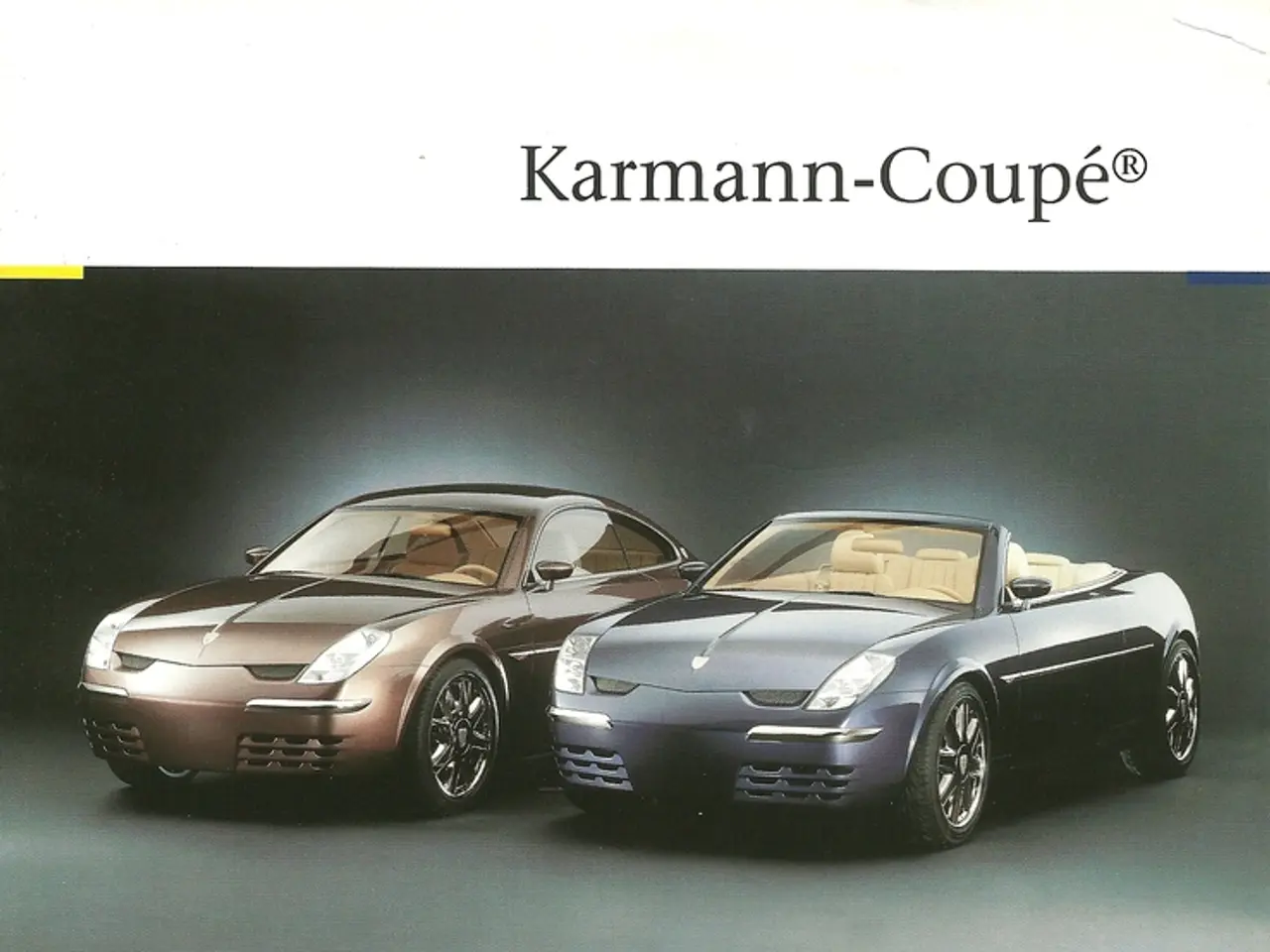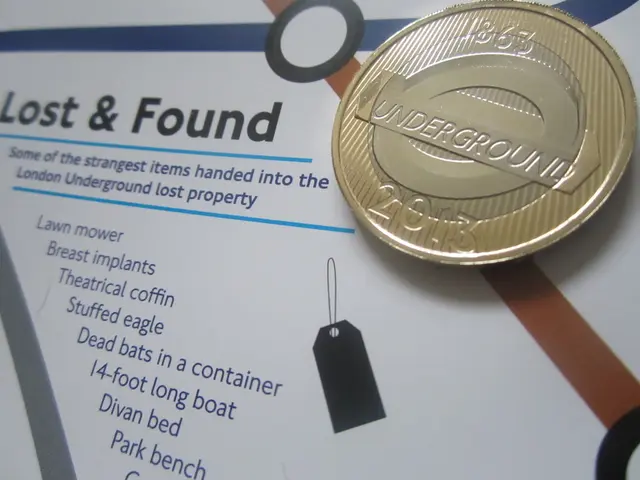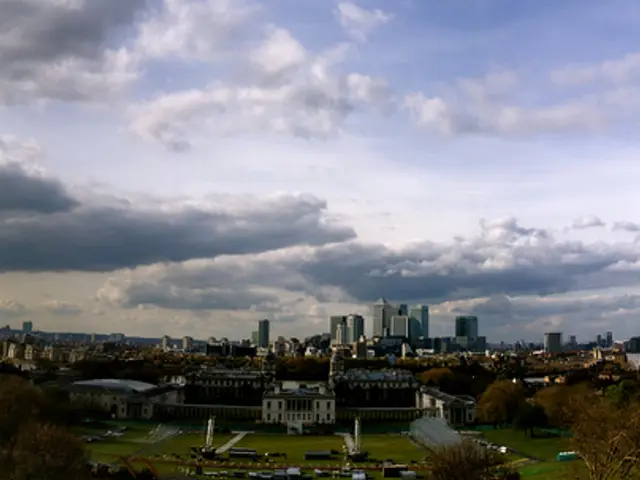United States finalizes reduction in automobile tariffs and elimination of stacking, as affirmed by Japan's trade negotiator.
In a significant development, the U.S. and Japan have agreed to reduce tariffs on Japanese car imports, lowering them from a combined rate of around 27.5% to 15%. This reduction is part of the recently finalized US-Japan trade deal announced in late July 2025 [1][2].
However, the exact timeline for the implementation of this new tariff rate has yet to be set [1][2]. Japan is pushing for prompt enforcement of the tariff cuts, but the U.S. has not specified when the reduced rate will take effect.
The U.S. has also agreed to end the "stacking" of universal tariffs, which previously increased Japanese car duties beyond the base rates. This move is expected to significantly benefit Japanese auto companies, which have been incurring significant losses with each passing day [1].
The U.S. has expressed regret about past tariff stacking and pledged to refund any overpaid levies, but no official confirmation regarding the refund of overpaid levies or the start of new rates has been given [1].
Japan's top trade negotiator, Ryosei Akazawa, met with U.S. Secretary of Commerce Howard Lutnick and U.S. Secretary of the Treasury Scott Bessent to discuss the matter. Akazawa urged the U.S. to issue the order to reduce tariffs on cars and auto parts as quickly as possible [1].
The auto sector is a trendsetter for wage growth in Japan and employs about 8% of the nation's workforce. The lack of clarity on the timing of the promised 15% cut is making it hard for companies in the auto sector to plan ahead [1].
The deal came after several months of negotiations, aiming to avoid a threatened 25% "reciprocal" tariff on Japanese goods starting August 1, 2025, which did not take effect due to the deal [2]. Under the stacking system, the 15% tariff will apply to items that previously had levies of less than 15% [1].
It is worth noting that items that in the past had tariffs of more than 15% will no longer face additional levies [1]. The confusion over the tariffs sparked renewed criticism of Japanese Prime Minister Shigeru Ishiba [1].
Despite the uncertainty, Akazawa did not mention any specific scale of the discrepancy in the tariffs, and there has been no official comment on the latest meetings from the U.S. side [1].
Sources: [1] Reuters. (2025, August 10). U.S. to reduce tariffs on Japanese car imports, but timeline unclear. Retrieved from https://www.reuters.com/business/autos-components/us-to-reduce-tariffs-japanese-car-imports-timeline-unclear-2025-08-10/
[2] The Wall Street Journal. (2025, August 10). U.S. and Japan Reach Deal to Avoid Auto Tariffs. Retrieved from https://www.wsj.com/articles/u-s-and-japan-reach-deal-to-avoid-auto-tariffs-11630151200
- The reduction in tariffs on Japanese car imports as part of the US-Japan trade deal will significantly benefit the automotive industry, particularly Japanese auto companies, as the tariffs are expected to lower from 27.5% to 15%.
- The unclear timeline for the implementation of the new 15% tariff rate is causing concern in the automotive sector, as companies are finding it challenging to plan ahead due to the lack of certainty.





